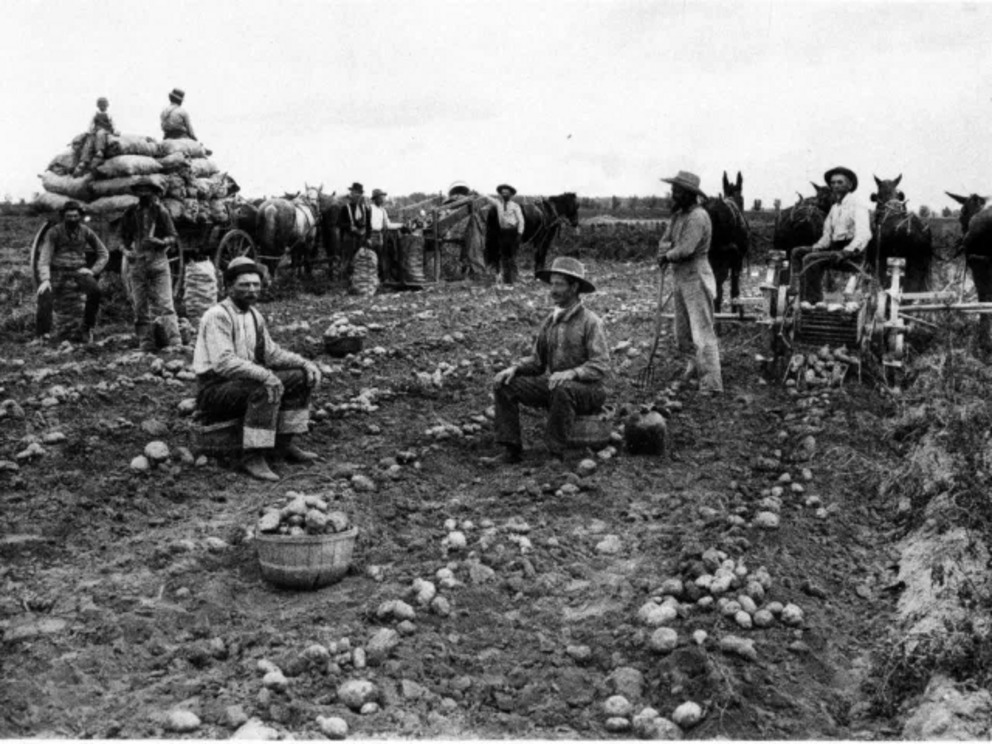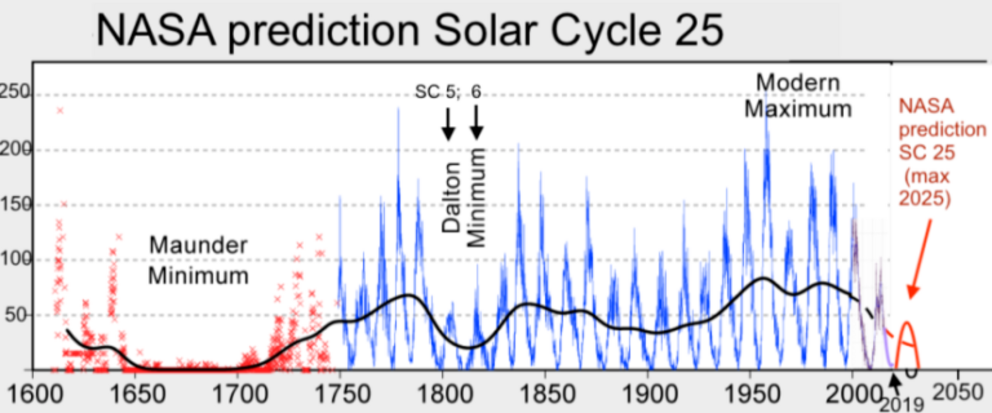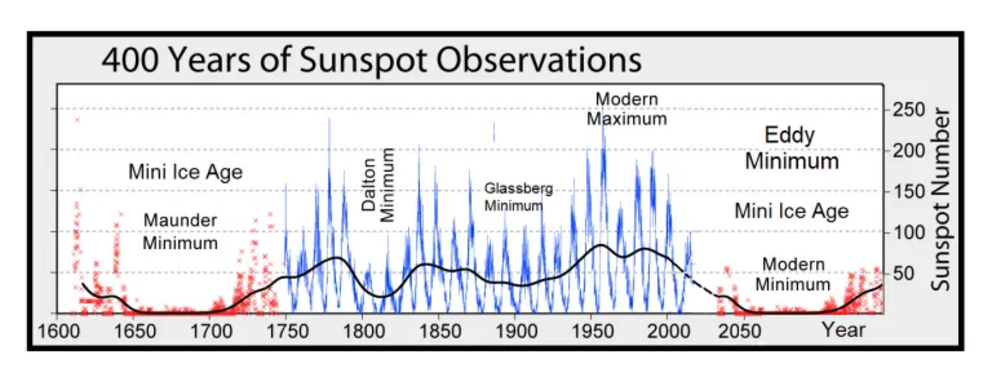Grow your own potatoes
Potatoes are the main staple of our homestead.
They contain all the essential amino acids you need to build proteins, repair cells, and fight diseases — eating just five spuds a day would technically keep you alive (although eventually you’d run into vitamin and mineral deficiencies). This explains why for time-immemorial this crop has been grown as a “safety net” in the event that other, harder to grow harvests, fail.
You don’t need as much space as you may think to grow a decent hoard.
We have just two potato patches, each measuring approximately 3 x 3 meters (10 x 10 feet), and we “succession plant” — for us, this means planting our first crop early in the season (mid-Jan), our second crop then goes in around May, and our third is sown October-time.
This tactic keeps us in potatoes all year round, and we have never run into issues caused by a lack of rotation.
There are so many vegetable-growing myths and old wives’ tales do the rounds out there, and most are utter nonsense. It’s frustrating. Honestly, feel free to throw most of it out and simply try things out in your local area. Climate, pests, and soil varies greatly even from town to town, let alone nation to nation.
Below is how we successfully grow potatoes.
Chitting
Before we plant our spuds we allow them to “chit” — a word my young sons enjoy repeating regularly. Basically, the process involves laying seed potatoes in the light which encourages sprouting.
The step isn’t essential by any means, but we have found it gives the spuds a head-start, promoting faster initial growth. We begin chitting our potatoes around 4-6 weeks in advance of planting out (so around early December-time for our first crop), and by mid-January small purple shoots will have peppered the potatoes.
“No-Dig” Potatoes
Again, there are wildly varying opinions on how to best grow potatoes.
As always we shoot for the simplest method, which is “no-dig,” devised by Charles Dowding.
At the beginning of each season we “top up” our potato beds with around 10cm (4 inches) of homemade compost, and this will see the bed through the year’s three harvests — there is no digging, and minimal raking.
We plant our sprouting spuds about 15 cm (6 inches) deep into the prepare bed, at a spacing of around 30cm (a foot). We’ve tried many different spacing permutations over the years, but this works best for us. It seems to minimize disease by allowing enough airflow between plants, while at the same time the relatively close proximity of the plants acts as a mulch: their leaves shade the entire patch, helping with moisture retention and temperature regulation.
One tip: as your potatoes grow, you’ll want to check that those near the surface stay covered. Exposure to sunlight will turn your spuds green and they can become toxic.
Hilling
An alternative to the no-dig method is to “hill” your potatoes; if compost is at a premium, then this may be a better option for you.
Dig trenches 15-20cm (6-8 inches) deep at around 45-60cm apart.
Place your potatoes in the trenches –sprouts pointing up– between 30-45cm (12-18 inches) apart, and then cover the trenches over.
When the plants reach around 15cm (6 inches) in height, cover them over again with more soil so that just the very top leaves are exposed. This will encourage new potatoes to grow.
Continuing to cover the plants over when they reach 30cm (12 inches) and then 45cm (18 inches) will keep encouraging new potatoes to grow. You can cover them as many times as you like, within reason.
Growing Potatoes
Potatoes are a low maintenance crop, but there are a few things to keep in mind to ensure you achieve a good quality harvest.
Firstly and foremost, keep your plants well watered, particularly through spells of hot weather.
Potato plants can flower, and if left long enough will produce small, green tomato-like fruit. Flowering and fruiting are not determining factors when it comes to harvesting, though. We’ve had crops that have been ready both before flowering and also well after fruits had set.
Leaves turning yellow and beginning to die back are the best indicators that harvest is approaching. This is also the time to cease watering, which will help to begin the curing process, readying them for long term storage.
Harvesting
Potatoes will be ready for harvest a week or two after the foliage dies back.
To see if they’re done, dig up a potato and rub it with you thumb, if the skin comes off they will need a few more days–alternatively, harvest now if you’re after a crop closer to new potatoes.
If you grew with the no dig method, your potatoes will be relatively near the surface and so you should be able to harvest with your hands. But if your spuds are deeper you may need to use a fork. Do this with care as the fork will easily pierce potatoes and these will not store.

Storing Potatoes
Cured potatoes will need to be kept in the dark to avoid them sprouting, turning green and spoiling. They will also store longer in cool temperatures. Be sure to leave some dirt on the spuds, too — do not wash them.
The storing process needn’t be complicated, though.
We simply bag our harvest up in burlap sacks and keep them in our under-trailer storage compartment. They last just fine like this — the temp fluctuates widely in there, but it is kept dark, and the potatoes keep just fine.
Also, us growing three harvests a year means the potatoes we dig up never need to store for all that long a time. We never need a spud to last longer than 3 or 4 months, which our storing setup manages with ease.
Also also, be sure to save some back for your next crop.
Grow your own, keep it simple, and achieve self-sufficiency — reject the processed poison on offer at the supermarkets, and, even more importantly, prepare for the ever-intensifying GRAND SOLAR MINIMUM.
The Cold Times
The COLD TIMES are returning, the mid-latitudes are REFREEZING, in line with the great conjunction, historically low solar activity, cloud-nucleating Cosmic Rays, and a meridional jet stream flow (among other forcings).
Both NOAA and NASA appear to agree, if you read between the lines, with NOAA saying we’re entering a ‘full-blown’ Grand Solar Minimum in the late-2020s, and NASA seeing this upcoming solar cycle (25) as “the weakest of the past 200 years”, with the agency correlating previous solar shutdowns to prolonged periods of global cooling here.
Furthermore, we can’t ignore the slew of new scientific papers stating the immense impact The Beaufort Gyre could have on the Gulf Stream, and therefore the climate overall.


Prepare accordingly— learn the facts, relocate if need be, and grow your own.

